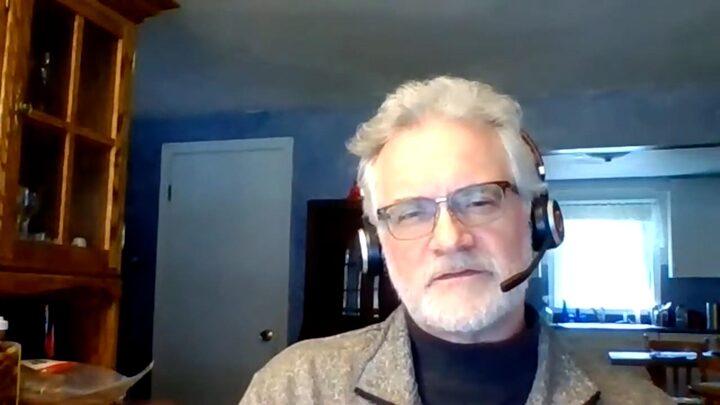Aflatoxin Binders
Original in vivo model to test efficacy of aflatoxin B1 binders

interesting article about test efficacy of aflatoxin B1 binders. Did you use HSCAS, 400 mesh at an inclusion rate of 3 - 5 kilos / tonne?

Base on our study here in the philippines, the most effective binder for aflatoxin is the hydrated sodium calcium allumino silicate. We are not using clays as binders, because clays are lamellar structures when exposed to water it expands like a plywood creating big pores that can bind vitamins and minerals and sometimes even antibiotics. HSCAS is a crystalline, porous,that cannot be affected by water and heat, it maintains a porosity of not less than 3 and not more than 8 amstrong. The smallest molecular size of a vitamin is vitamin b2 (niacin) meassuring 8.45 amstrong. By means of chemical analysis of the sample product you can determine the porosit y of an HSCAS or CLAYS by dividing the ratio of silica to alumina, it should be not less than 3 and not more than 8 amstrong. The finer the mesh size the lower the inclussion rate because the finer the material the bigger the surface area for binding and cation exchange. For the 325 mesh of hscas, the inclussion rate of an HSCAS should be minimum of 10 kilos, maximum of 20 kilos per tonne depending on ppb level of toxin., while for the 400-450 mesh of HSCAS the inclussion rate is just 2.5 to 5 kilos / tonne of feeds. We maintain 4 kinds of analysis when it comes to HSCAS; CEC test- to know the capacity to bind.; chemical analysis - to know if it is binding vitamins and minerals or not ; sieve test - to know the right inclussion rate; and x-ray diffraction - to know the purity. The generic name of HSCAS is zeolite. Zeolite formed millions years ago by the erruption of volcano. it is the magma by the process of aging is like a diamond that creates a significant value in the human race.
The research done is most needed aspect of aflatoxin, as tropical climatic conditons are concern it seems that it is inevitable complete elimination of this toxic metabolite in food and feed. It is very much important to find a suitable binder to be used in particular animal feeding stuff.
K R Dayananda










